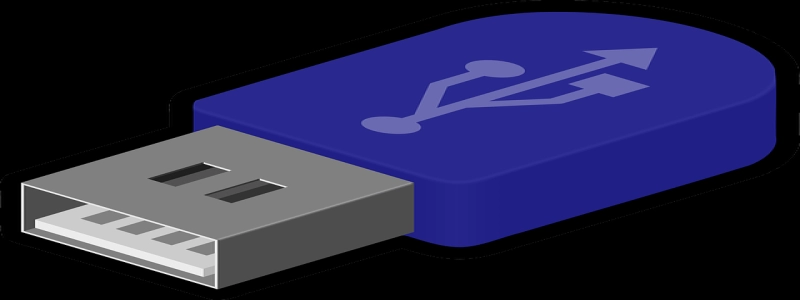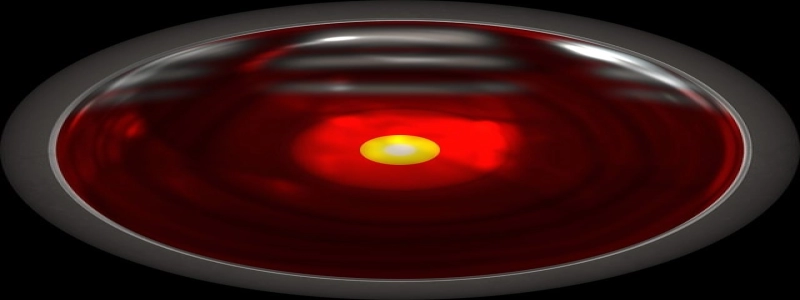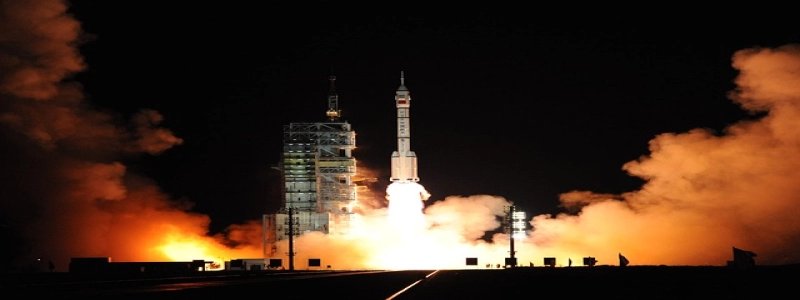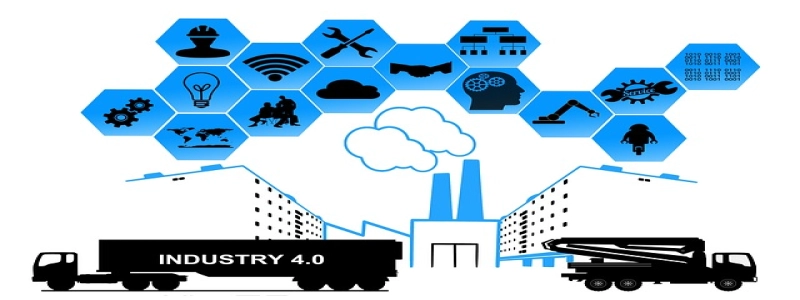Fiber to Ethernet Converters
I. Introduction
A. Definition
B. Purpose
II. Benefits of Fiber to Ethernet Converters
A. Improved Bandwidth and Speed
B. Long Distance Connectivity
C. Security Enhancement
D. Immunity to Electromagnetic Interference
III. Types of Fiber to Ethernet Converters
A. Single-mode Fiber to Ethernet Converters
B. Multimode Fiber to Ethernet Converters
C. Media Converters with SFP Slots
IV. Working Principle of Fiber to Ethernet Converters
A. Optical to Electrical Conversion
B. Transmission over Ethernet Cable
V. Installation and Configuration
A. Physical Installation
B. Network Configuration
VI. Common Applications of Fiber to Ethernet Converters
A. Corporate Networks
B. Data Centers
C. ISP Infrastructures
VII. Factors to Consider before Choosing Fiber to Ethernet Converters
A. Compatibility
B. Distance Requirements
C. Bandwidth Needs
D. Scalability
VIII. Conclusion
A. Recap of Benefits
B. Importance in Modern Networks
C. Future Trends
I. Introduction
Fiber to Ethernet converters play a crucial role in modern networking setups, enabling the integration of fiber optic cables with standard Ethernet connections. By transforming signals, these devices bridge the gap between fiber and Ethernet, granting numerous advantages in terms of speed, distance, and security.
II. Benefits of Fiber to Ethernet Converters
A. Improved Bandwidth and Speed
Fiber optic cables have significantly higher bandwidth capabilities compared to traditional copper cables. By utilizing fiber to Ethernet converters, businesses can harness the full potential of their fiber optic infrastructure and experience faster data transfer speeds.
B. Long Distance Connectivity
One of the primary advantages of fiber optic technology is its ability to transmit data over long distances without signal degradation. By incorporating fiber to Ethernet converters, organizations can extend their Ethernet networks to locations that are physically far away, eliminating the limitations of copper cables.
C. Security Enhancement
Fiber optic cables offer enhanced security compared to copper cables as they are immune to electromagnetic interference (EMI) and radio-frequency interference (RFI). By employing fiber to Ethernet converters, network administrators can ensure that sensitive data is transmitted securely without any external interference.
D. Immunity to Electromagnetic Interference
Fiber optic cables are not affected by external electromagnetic signals, ensuring better reliability and performance. By utilizing fiber to Ethernet converters, businesses can mitigate the risks associated with electrical noise and maintain a stable network connection.
III. Types of Fiber to Ethernet Converters
A. Single-mode Fiber to Ethernet Converters
Single-mode fiber to Ethernet converters are designed to transmit data over long distances, typically exceeding 10 kilometers. They utilize narrow core fiber cables and laser light sources, making them suitable for large-scale networking applications.
B. Multimode Fiber to Ethernet Converters
Multimode fiber to Ethernet converters are primarily used for short distance connections, typically within a range of a few hundred meters. They employ wider core fiber cables and LED light sources, making them more cost-effective for smaller networks.
C. Media Converters with SFP Slots
Some fiber to Ethernet converters feature small form-factor pluggable (SFP) slots, which allow compatibility with a wide range of optical transceivers. This flexibility enables network administrators to choose the most suitable optical module based on their specific requirements.
IV. Working Principle of Fiber to Ethernet Converters
A. Optical to Electrical Conversion
Fiber to Ethernet converters receive optical signals from fiber optic cables and convert them into electrical signals compatible with Ethernet connections. This conversion process is essential for seamless integration between the two different mediums.
B. Transmission over Ethernet Cable
Once the optical signals are converted to electrical signals, fiber to Ethernet converters transmit the data over standard Ethernet cables. This allows the network to utilize existing infrastructure without the need for costly cable replacements.
V. Installation and Configuration
A. Physical Installation
Installing fiber to Ethernet converters involves connecting the fiber optic cables to the converter’s optical ports and connecting the Ethernet cables to the provided RJ-45 ports. It is crucial to follow the manufacturer’s guidelines for proper installation and cable management.
B. Network Configuration
After the physical installation, network administrators must configure the fiber to Ethernet converters to ensure proper communication between the fiber optic and Ethernet networks. This typically involves setting IP addresses, adjusting transmission rates, and configuring other relevant parameters.
VI. Common Applications of Fiber to Ethernet Converters
A. Corporate Networks
Fiber to Ethernet converters are extensively used in corporate networks to extend connectivity between different offices or buildings. They enable efficient data transmission and collaboration across geographically dispersed locations.
B. Data Centers
Data centers rely on fiber to Ethernet converters to connect servers and networking equipment to high-speed, long-distance fiber optic backbones. This ensures seamless transmission of large amounts of data with minimal latency.
C. ISP Infrastructures
Internet Service Providers (ISPs) often utilize fiber to Ethernet converters to deliver high-speed internet connections to residential and commercial customers. These converters allow ISPs to leverage the benefits of fiber optic technology while offering connectivity options to customers using Ethernet-based devices.
VII. Factors to Consider before Choosing Fiber to Ethernet Converters
A. Compatibility
Before selecting fiber to Ethernet converters, it is essential to ensure compatibility with the existing network infrastructure, including the types of fiber optic cables and Ethernet devices being used.
B. Distance Requirements
Consider the distance between the fiber optic source and the Ethernet devices that need to be connected. Choose a converter that supports the required transmission distance without signal degradation.
C. Bandwidth Needs
Evaluate the anticipated data transfer requirements of the network. Select a converter that can handle the expected bandwidth to avoid bottlenecks and ensure optimal network performance.
D. Scalability
Consider the future growth and expansion plans of the network. Choose fiber to Ethernet converters that are scalable, allowing for easy integration of additional fiber optic connections or Ethernet devices as the network expands.
VIII. Conclusion
Fiber to Ethernet converters offer significant benefits for modern network infrastructures. By integrating fiber optic and Ethernet technologies, these devices enhance data transfer speeds, extend connectivity over long distances, enhance security, and improve network reliability. With various types of converters available and their compatibility with different applications, fiber to Ethernet converters have become an essential component of network setups. Understanding the factors to consider when choosing converters is key to achieving optimal performance and future-proofing the network.








